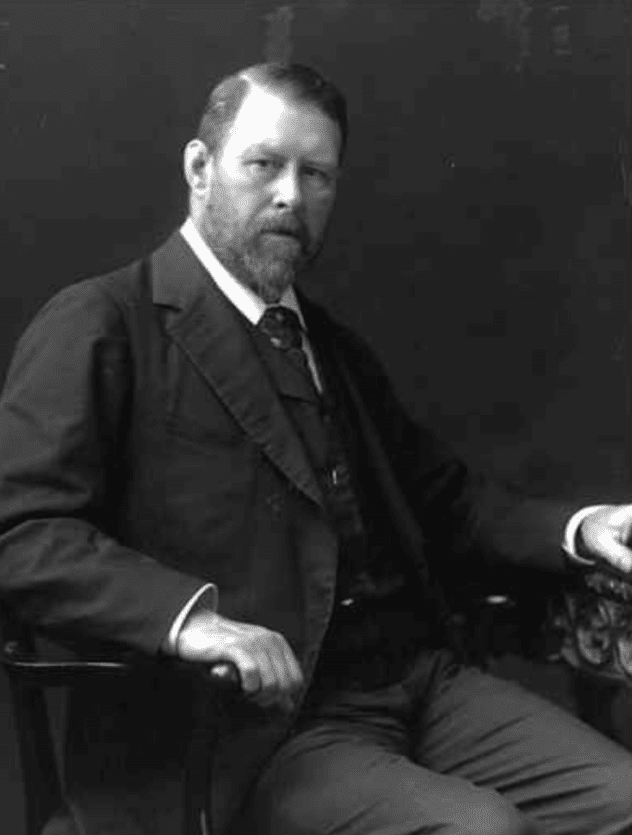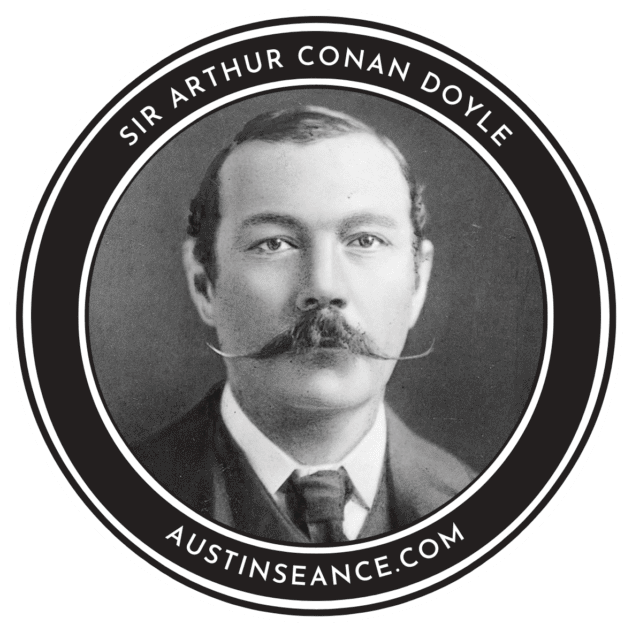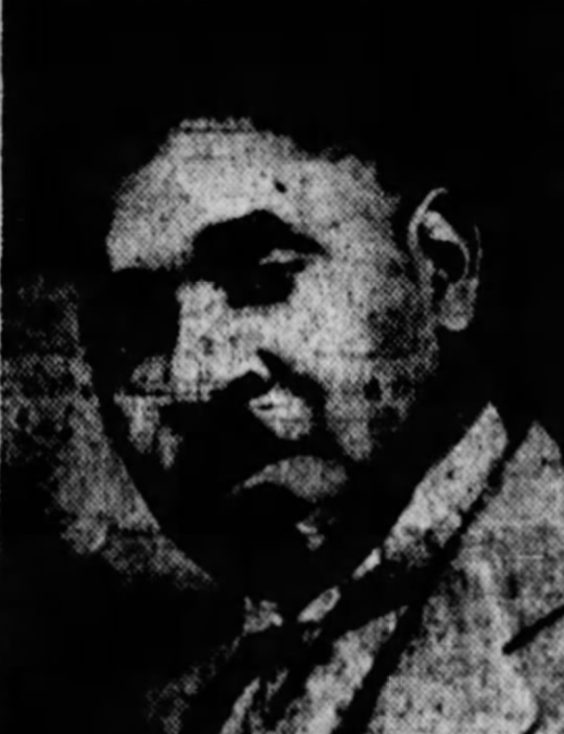
Professor Black Herman died on April 17, 1934, while on tour in Louisville, Kentucky. In an obituary, The New York Age, a leading African American newspaper, described him as one of Harlem’s most colorful characters — a magician, seer, herb specialist and fortune teller; a man who, among his followers, “had risen to the standing of god whom they expect to rise out of his grave.”
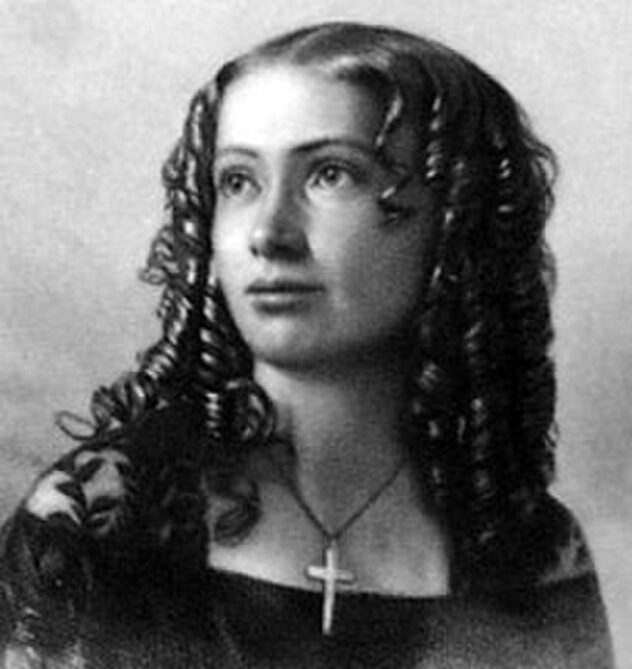
Cora Lodencia Veronica Scott (April 21, 1840 – January 3, 1923) was one of the best-known Spiritualist mediums of the last half of the 19th century. Most of her work was done as a trance lecturer, though she also wrote some books whose composition was attributed to spirit guides rather than her own personality. Married four times, Cora adopted the last name of her husband at each marriage, and at various times carried the surnames Hatch, Daniels, Tappan, and Richmond.
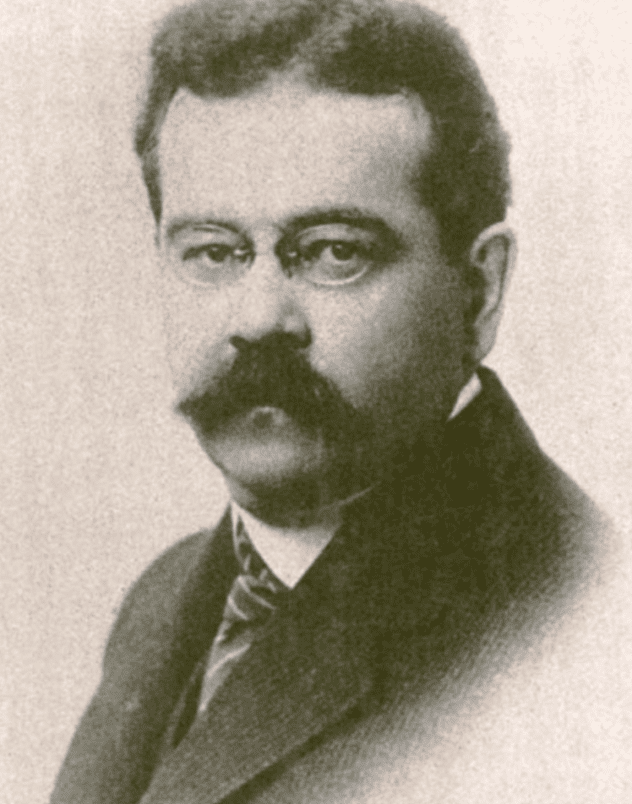
Charles Hoy Fort (August 6, 1874 – May 3, 1932) was an American writer and researcher who specialized in anomalous phenomena. The terms Fortean and Forteana are sometimes used to characterize various such phenomena. Fort’s books sold well and are still in print. His work continues to inspire admirers, who refer to themselves as “Forteans,” and has influenced some aspects of science fiction.
Fort’s collections of scientific anomalies, including The Book of the Damned (1919), influenced numerous science fiction writers with their skepticism and as sources of ideas. “Fortean” phenomena are events which seem to challenge the boundaries of accepted scientific knowledge, and the Fortean Times (founded as The News in 1973 and renamed in 1976) investigates such phenomena.
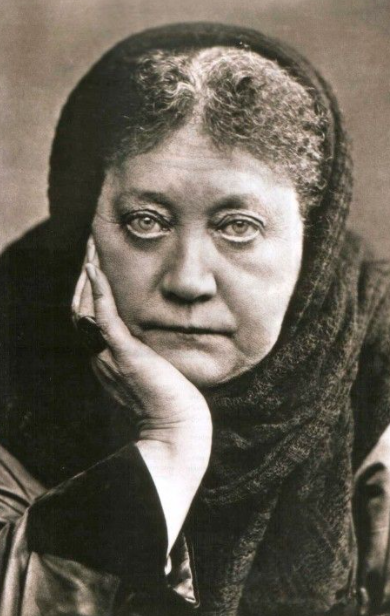
Helena Petrovna Blavatsky, often known as Madame Blavatsky; was a controversial Russian occultist, philosopher, and author who co-founded the Theosophical Society in 1875. She gained an international following as the leading theoretician of Theosophy, the esoteric movement that the society promoted. Her death, on May 8, 1891, is celebrated as “White Lotus Day” among Theosophists. Read more about Madame Blavatsky here.
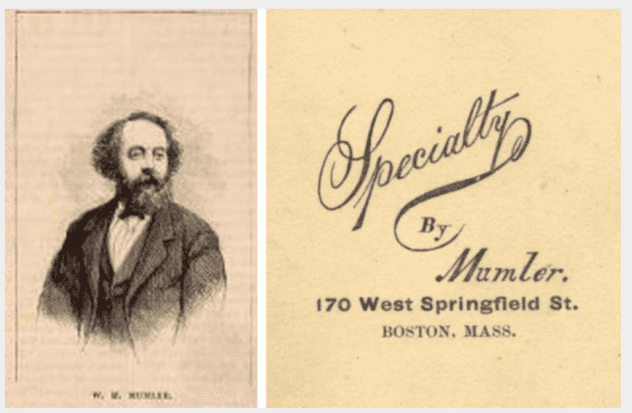
William H. Mumler (1832–1884) was an American spirit photographer who worked in New York and Boston. His first spirit photograph was apparently an accident—a self-portrait which, when developed, also revealed the “spirit” of his deceased cousin. Mumler then left his job as an engraver to pursue spirit photography full-time, taking advantage of the large number of people who had lost relatives in the American Civil War. His two most famous images are the photograph of Mary Todd Lincoln with the ghost of her husband Abraham Lincoln and the portrait of Master Herrod, a medium, with three spirit guides.
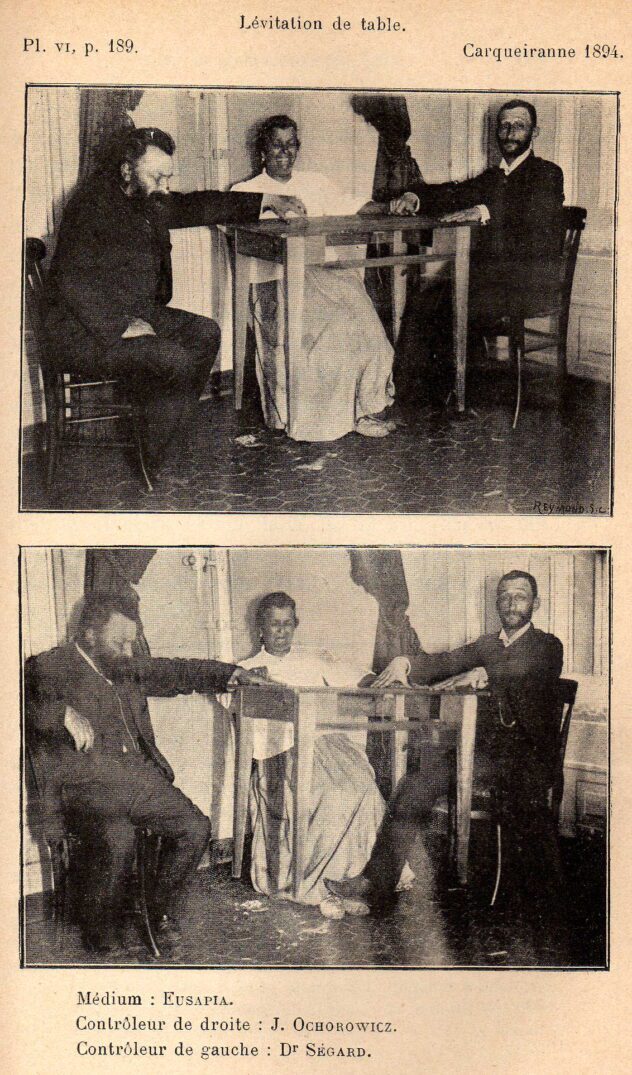
Eusapia Palladino (alternative spelling: Paladino; 21 January 1854 – 16 May 1918) was an Italian Spiritualist physical medium. She claimed extraordinary powers such as the ability to levitate tables, communicate with the dead through her spirit guide John King, and to produce other supernatural phenomena.
Her Warsaw séances at the turn of 1893–94 inspired several colorful scenes in the historical novel Pharaoh, which Bolesław Prus began writing in 1894.
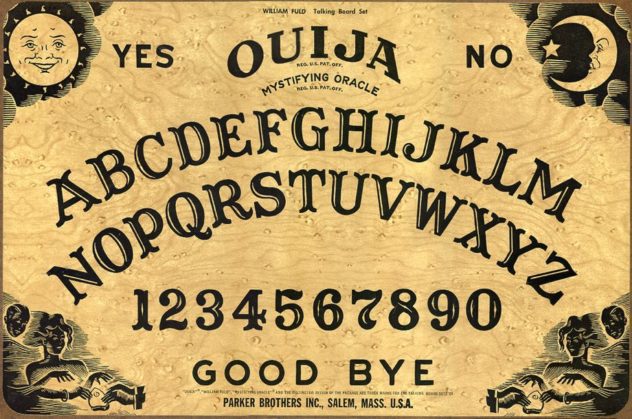
Six years after the appearance of that article a patent for a “Ouija or Egyptian luck-board” was filed by Baltimore attorney Elijah H. Bond, who in turn assigned the rights to Charles W. Kennard and William H.A. Maupin. This early talking board (the patent was filed on May 28, 1898) was the first with the Ouija name.
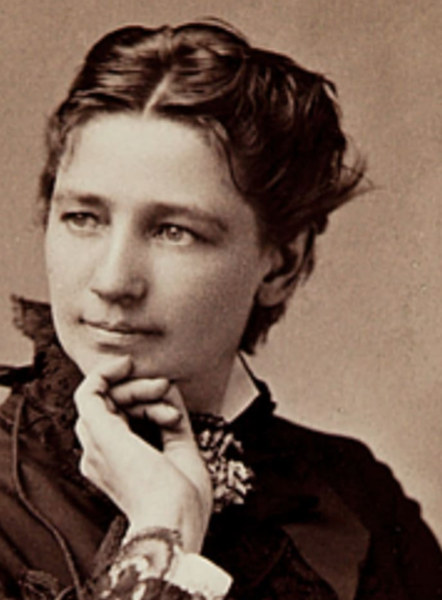
Victoria Woodhull (September 23, 1838 – June 9, 1927), a medium and carnival show clairvoyant, was the first woman-owned Wall Street brokerage house, the first woman to address a Congressional committee and the first woman to run for president. She championed free love, believed that marriage was institutionalized slavery and supported paid sex work.
